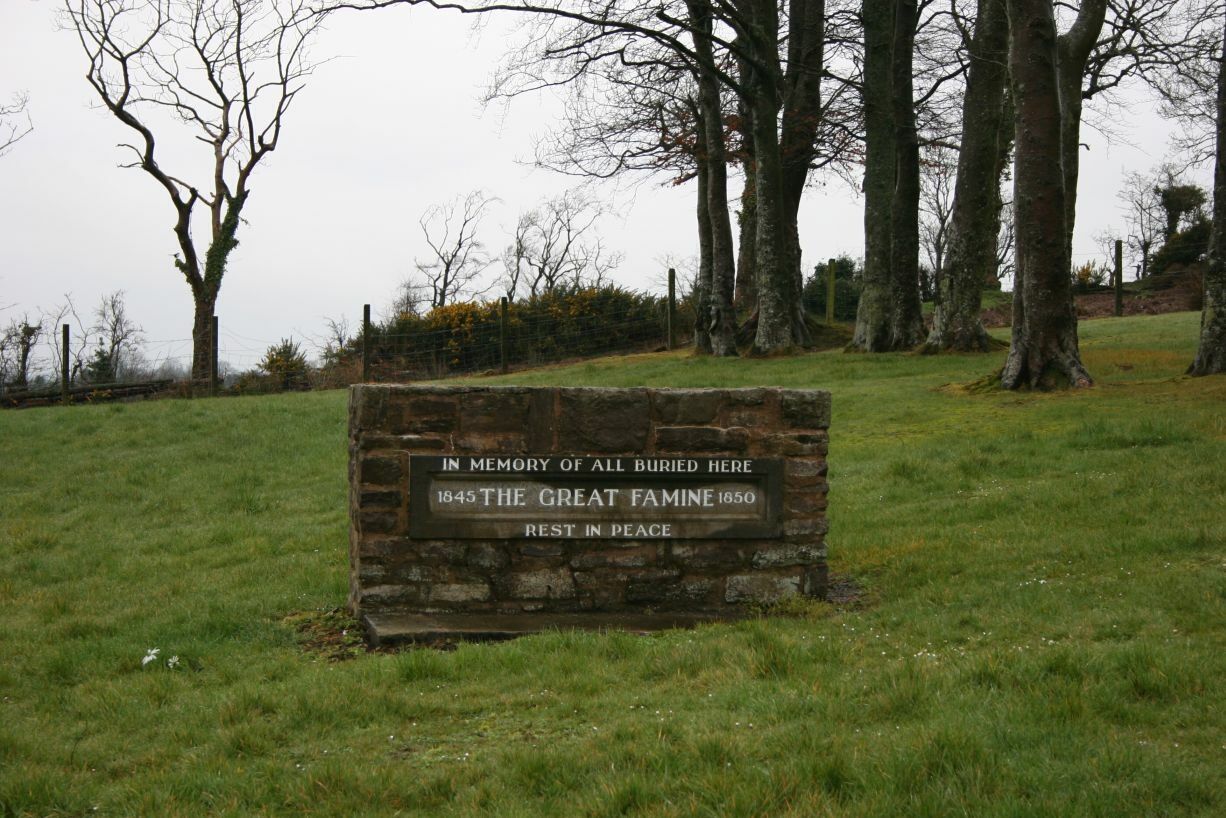Lowtherstown Workhouse & Graveyard

Lowtherstown, now Irvinestown workhouse, was opened on 1st October 1845 and cost £4,950 to build. It was built to accommodate 400 people, but in the dark days of the famine in 1848 it housed 796 inmates.
Irvinestown was in the Barony of Lurg and was the 116th Poor Law Union in Ireland. The workhouse was situated in Reihill Park in the town. The inscription stone (1841) is now incorporated into the arch going up to the enclosed area. The surrounding stone wall is all that remains from this period.
John Porter and Rose Cawden were the first inmates to enter the workhouse on 15 October 1845. John, of no fixed abode but originally from Kesh was 75 years old, he was married but had been deserted by his wife. He was a beggar and described as “tolerably clean.” Rose was 55 years of age and a beggar from Largy, Lack.
Food was inferior to that of other unions and in 1846 a typical adult’s food for a day was 7oz oatmeal for breakfast, 8oz oatmeal for dinner while no supper was offered. Each inmate was allowed half a pint of buttermilk for breakfast and dinner.
Irvinestown was described in July 1847 by Dr Phelan, the medical inspector to the Poor Law Commissioners as the “worst” he has seen in the north of Ireland. He referred to patients lying on the bare floor with scarcely enough straw under them and being in a filthy state.